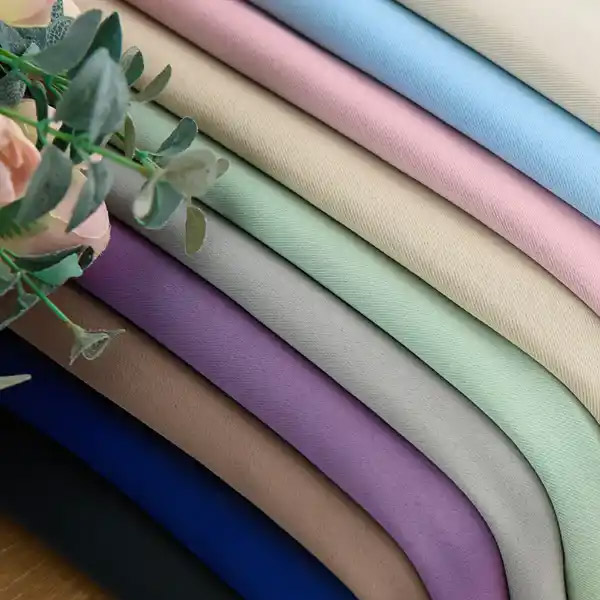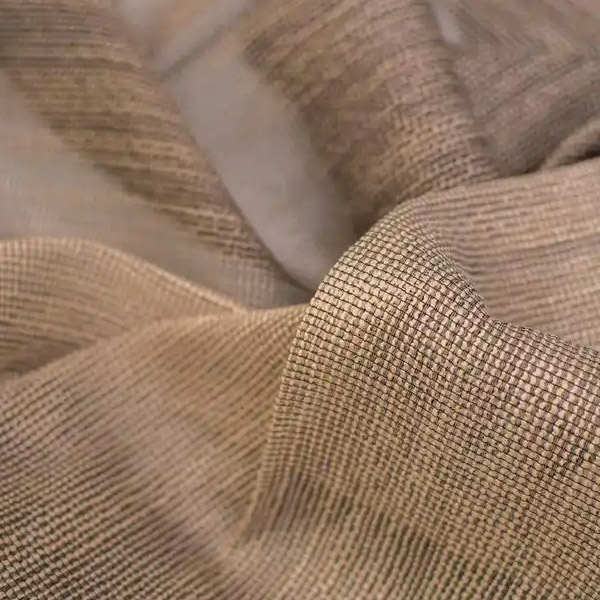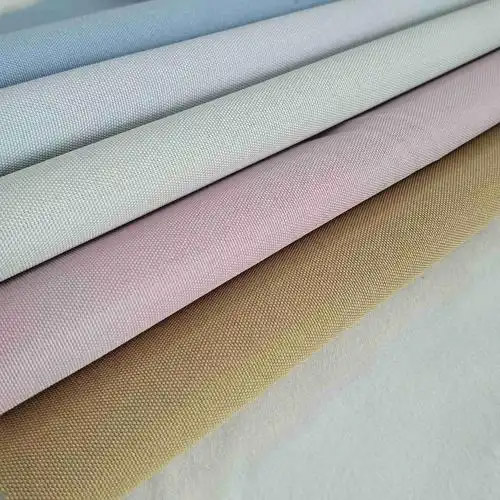Complete Guide to Curtain Fabrics: From 4 Major Materials to Style Pairing for Ideal Home Aesthetics
Introduction
Curtains are more than just window coverings—they define a room’s ambiance, regulate light, and elevate interior design. Choosing the right fabric involves balancing functionality (like durability and light control) with aesthetics (texture, color, and pattern). This guide explores the four primary curtain fabric types, their pros and cons, and how to match them with your home’s style.
1. The Four Major Curtain Fabric Types
(1) Cotton & Linen
• Pros: Natural, breathable, and eco-friendly; ideal for rustic, Scandinavian, or minimalist styles.
• Cons: Prone to wrinkling and shrinking; less durable in humid areas like kitchens.
• Best for: Living rooms, bedrooms, and spaces aiming for a relaxed, organic vibe.
(2) Polyester & Blends
• Pros: Affordable, fade-resistant, and low-maintenance; mimics silk or linen at a lower cost.
• Cons: Less breathable; synthetic feel may lack luxury.
• Best for: High-traffic areas (e.g., kids’ rooms) or modern interiors.
(3) Silk & Velvet
• Pros: Luxurious sheen (silk) or plush texture (velvet); adds opulence to classic or Art Deco spaces.
• Cons: Expensive, delicate (silk fades in sunlight); velvet traps dust.
• Best for: Formal living rooms, master bedrooms.
(4) Synthetic Blends (e.g., Blackout Fabrics)
• Pros: Engineered for functionality—blocking light, insulating, or noise reduction.
• Cons: Often lacks natural texture.
• Best for: Home theaters, bedrooms needing darkness.
2. Fabric Pairing with Home Styles
(1) Modern/Minimalist
• Fabrics: Sleek polyester or linen blends in neutral tones (gray, beige).
• Tip: Avoid heavy patterns; opt for clean lines.
(2) Classic/Traditional
• Fabrics: Silk, velvet, or jacquard with floral/geometric motifs.
• Tip: Pair with tasseled tiebacks for elegance.
(3) Bohemian/Eclectic
• Fabrics: Layered cotton-linen or sheer voile with embroidery.
• Tip: Mix prints but keep a cohesive color palette.
(4) Industrial
• Fabrics: Heavyweight canvas or textured blends in earthy tones.
• Tip: Use metal grommets for a raw edge.
3. Practical Considerations
• Light Control: Sheer fabrics (voile) for diffused light; blackout linings for bedrooms.
• Seasonal Adaptability:
• Summer: Lightweight cotton or sheer curtains.
• Winter: Thermal-lined velvet or wool.
• Maintenance: Machine-washable polyester for busy households; dry-clean delicate silks.





